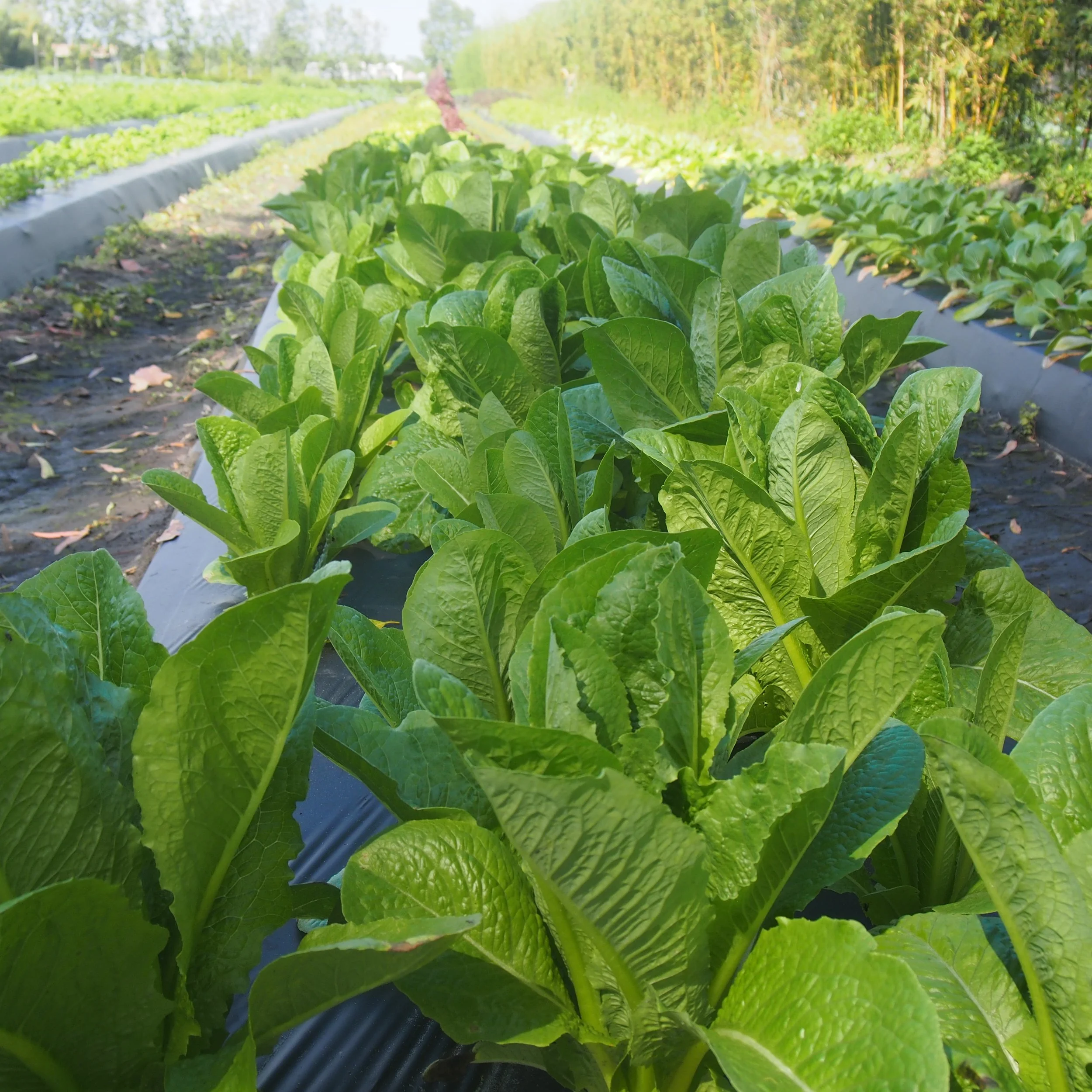 Image 1 of
Image 1 of

Lettuce, Large Romaine
Romaine lettuce, botanically classified as Lactuca sativa, is believed to be one of the oldest varieties of lettuce in the world and is a member of the Asteraceae family. Romaine Facts
Romaine lettuce has been used by civilizations for thousands of years and is still popular worldwide, favored for its mild taste, firm stalks, and crunchy texture.Romaine Flavor
Romaine lettuce is an excellent source of dietary fiber, vitamins A, C, and K, thiamin, folate, iron, potassium, and manganese. It is also a good source of riboflavin, vitamin B6, calcium, magnesium, phosphorus, and copper.Romaine Nutrition
Romaine lettuce is best suited for both raw and cooked applications such as braising, grilling, and lightly boiling. The leaves can be used fresh and torn for salads, or they can be used as a dipping vessel for sauces, dips, and fillings. Romaine Cooking
Recipes
Romaine lettuce, botanically classified as Lactuca sativa, is believed to be one of the oldest varieties of lettuce in the world and is a member of the Asteraceae family. Romaine Facts
Romaine lettuce has been used by civilizations for thousands of years and is still popular worldwide, favored for its mild taste, firm stalks, and crunchy texture.Romaine Flavor
Romaine lettuce is an excellent source of dietary fiber, vitamins A, C, and K, thiamin, folate, iron, potassium, and manganese. It is also a good source of riboflavin, vitamin B6, calcium, magnesium, phosphorus, and copper.Romaine Nutrition
Romaine lettuce is best suited for both raw and cooked applications such as braising, grilling, and lightly boiling. The leaves can be used fresh and torn for salads, or they can be used as a dipping vessel for sauces, dips, and fillings. Romaine Cooking
Recipes
Romaine lettuce, botanically classified as Lactuca sativa, is believed to be one of the oldest varieties of lettuce in the world and is a member of the Asteraceae family. Romaine Facts
Romaine lettuce has been used by civilizations for thousands of years and is still popular worldwide, favored for its mild taste, firm stalks, and crunchy texture.Romaine Flavor
Romaine lettuce is an excellent source of dietary fiber, vitamins A, C, and K, thiamin, folate, iron, potassium, and manganese. It is also a good source of riboflavin, vitamin B6, calcium, magnesium, phosphorus, and copper.Romaine Nutrition
Romaine lettuce is best suited for both raw and cooked applications such as braising, grilling, and lightly boiling. The leaves can be used fresh and torn for salads, or they can be used as a dipping vessel for sauces, dips, and fillings. Romaine Cooking
Recipes
